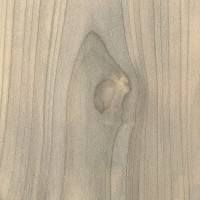 |
Common Name(s): Southern Magnolia Scientific Name: Magnolia grandiflora Distribution: Southeastern United States Tree Size: 50-80 ft (15-24 m) tall, 2-3 ft (.6-1 m) trunk diameter Average Dried Weight: 35 lbs/ft3 (560 kg/m3) Specific Gravity (Basic, 12% MC): .46, .56 Janka Hardness: 1,020 lbf (4,540 N) Modulus of Rupture: 11,200 lbf/in2 (77.2 MPa) Elastic Modulus: 1,400,000 lbf/in2 (9.66 GPa) Crushing Strength: 5,460 lbf/in2 (37.7 MPa) Shrinkage: Radial: 5.4%, Tangential: 6.6%, Volumetric: 12.3%, T/R Ratio: 1.2 |
Color/Appearance: Very wide sapwood is a creamy white to grayish color. Comparatively narrow heartwood color ranges from a medium to dark brown, sometimes with green, purple or black streaks.
Grain/Texture: Grain is straight, with a medium to fine uniform texture. Moderate natural luster.
Endgrain: Diffuse-porous; small to medium pores in no specific arrangement, numerous; solitary and in radial multiples of 4 or more; growth rings distinct; narrow rays visible without lens, normal spacing; parenchyma marginal.
Rot Resistance: Rated as non-durable to perishable regarding decay resistance, and also susceptible to insect attack.
Workability: Generally easy to work with both hand and machine tools. Turns, glues, stains, and finishes well.
Odor: No characteristic odor.
Allergies/Toxicity: Although severe reactions are quite uncommon, species in the Magnolia genus have been reported to cause asthma-like symptoms and runny nose. See the articles Wood Allergies and Toxicity and Wood Dust Safety for more information.
Pricing/Availability: Readily available within its natural range, though difficult to find elsewhere. Prices should be low for a domestic hardwood.
Sustainability: This wood species is not listed in the CITES Appendices or on the IUCN Red List of Threatened Species.
Common Uses: Veneer, plywood, interior trim, upholstered furniture frames, and general utility wood.
Comments: Southern Magnolia is the hardest and heaviest of the three primary magnolia species that are commercially harvested in the United States.
None available.
Scans/Pictures: A special thanks to Mike Leigher for providing the wood sample of this wood species.


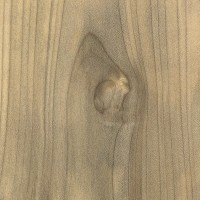
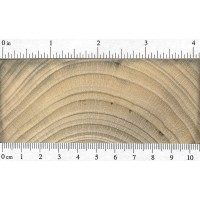
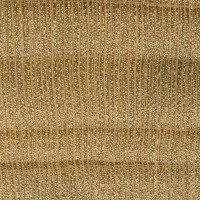
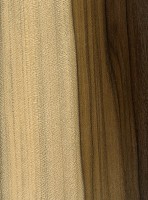



Is this magnolia wood? I just cut it on the mill and it seems to have stained my hands. There were some magnolia leaves near where I found the logs. There were other logs nearby too but anyways…
I can’t say for certain from the pic, but the somewhat evenly spaced knots/irregularities certainly seem to suggest a softwood rather than magnolia.
Down the road a mile, a new home owner just chunked a M. grandiflora into firewood. It had a trunk large enough to mill……sad
I have some magnolia on my walls and I want to protect them from finger prints but I want to keep the look with no shine or no change of color
beautiful wood. Any advantages to use as a ceiling veneer in a performance stage clamshell?